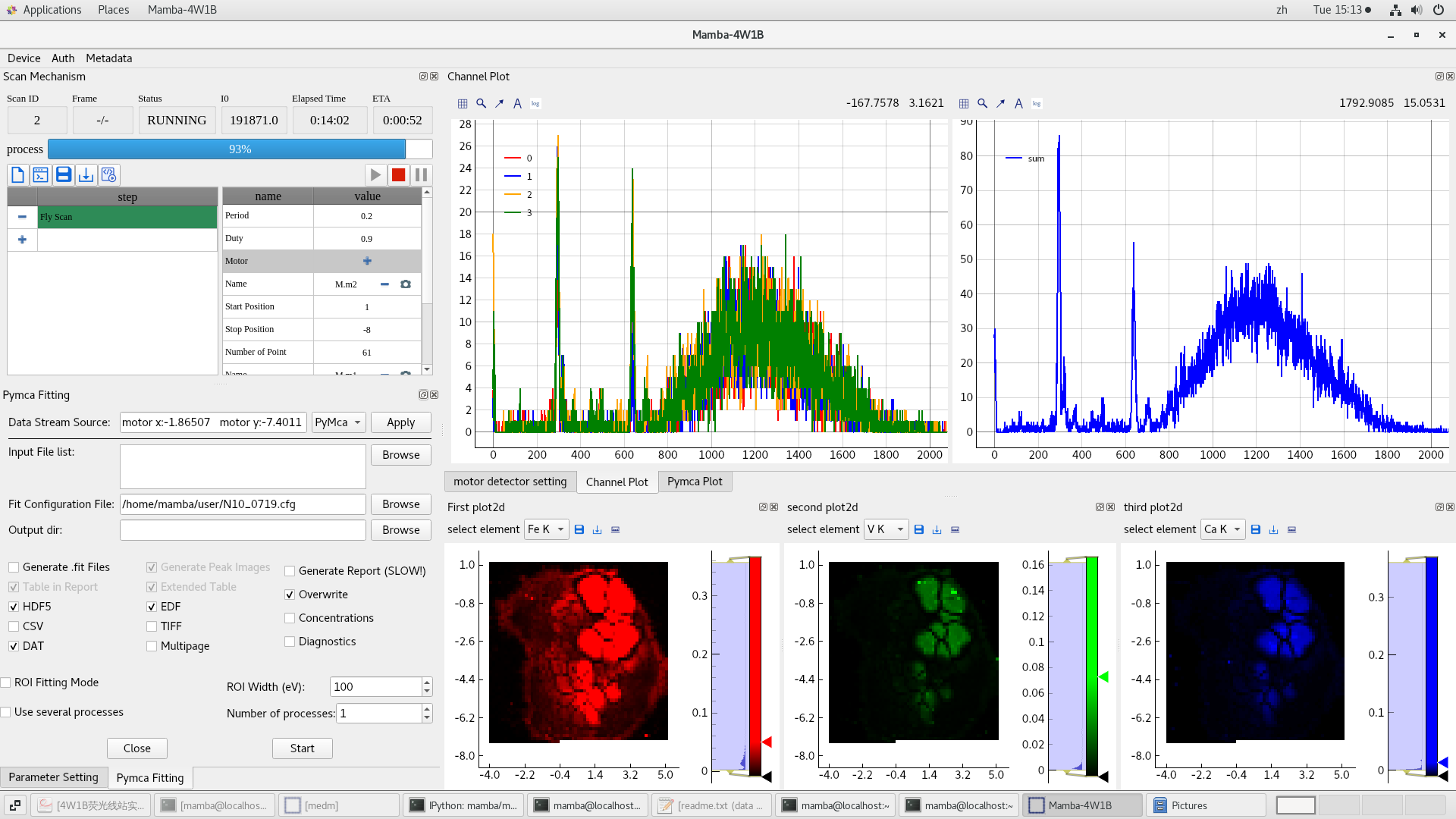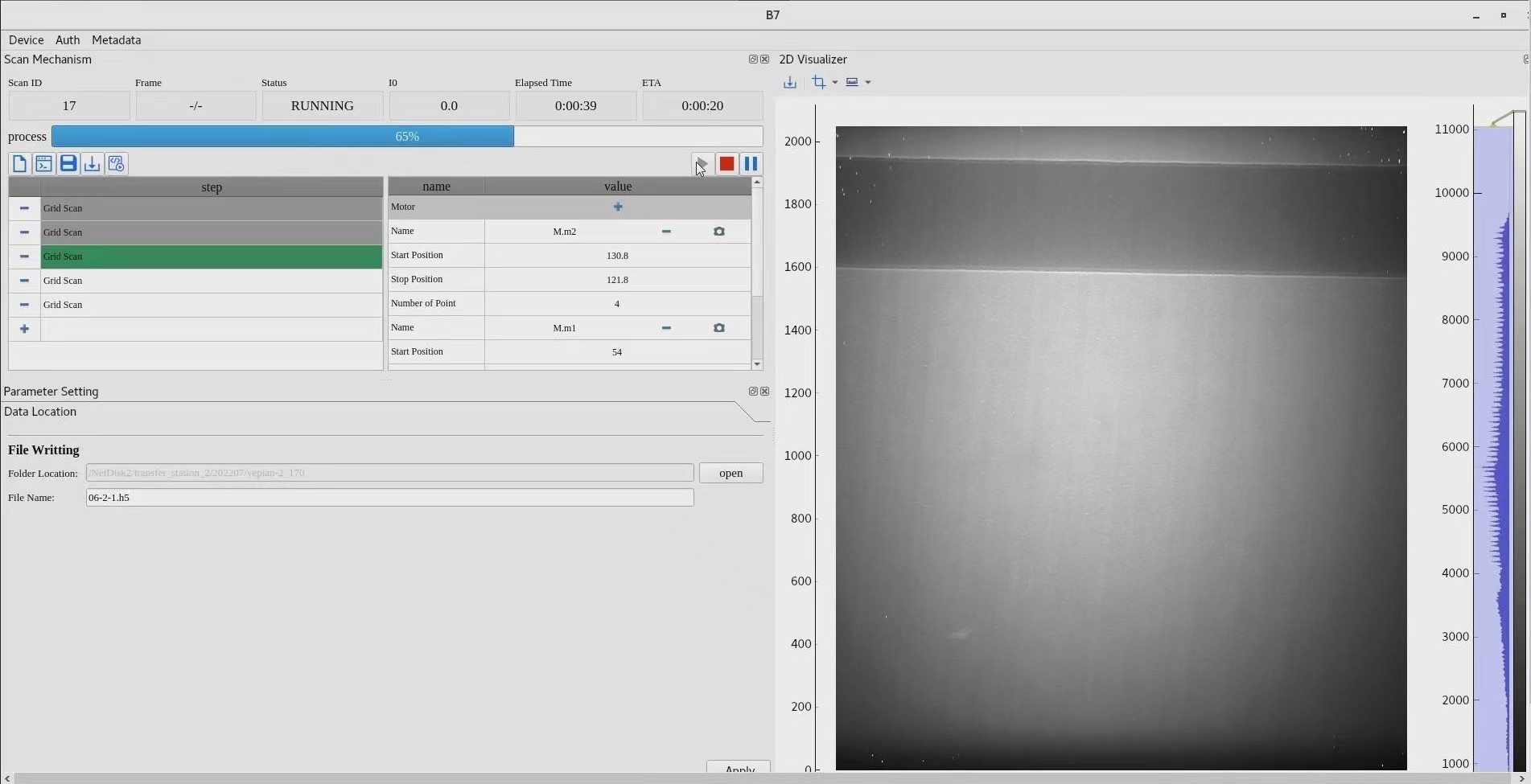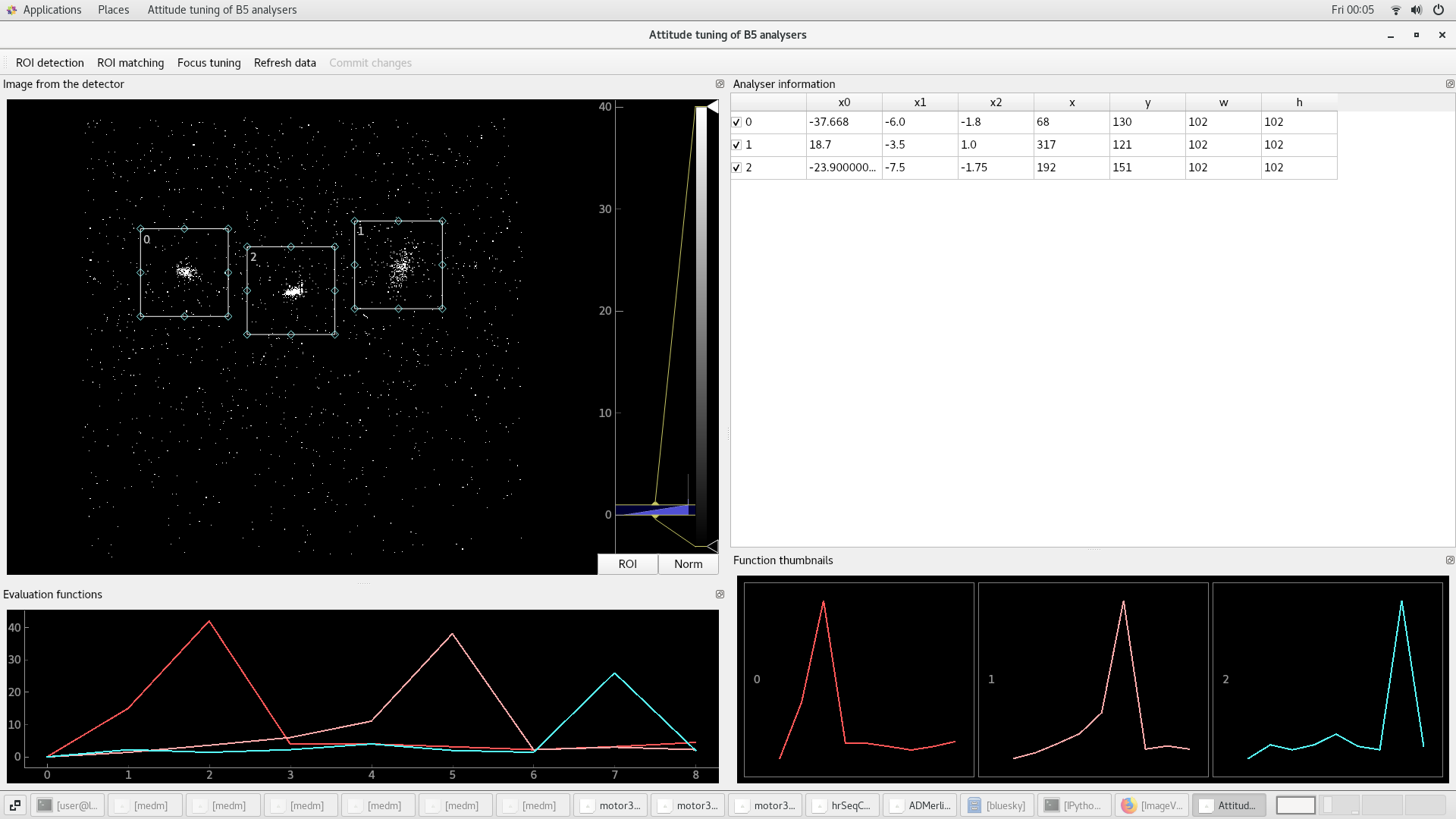The software framework, which focuses on experimental control and data acquisition, is a milestone for the Software Team for Experimental Control of the High Energy Photon Source (HEPS), which is also under construction by IHEP and will be the first fourth-generation synchrotron source in Asia.
Advancements in synchrotron methodology have long been limited by both hardware instrumentation and software. While hardware limitations are gradually being lifted with the emergence of next-generation light sources and beamline instrumentation, high (data) throughput, multimodal, time-resolved, in-situ and dynamic experiments performed at future beamlines are expected to impose tremendous challenges on the software end. Even today, data acquisition software performance has become a key factor hindering advancements in synchrotron methodology.
With the ongoing upgrade of synchrotron light sources worldwide, more countries have recognized the strategic importance of software development within the scientific experiment life cycle. For example, the five advanced light source facilities under the U.S. Department of Energy (DOE) launched a pilot program called “Data Solution Task Force” to jointly develop synchrotron software in 2020.
Data acquisition software may be the most vital part of the synchrotron software ecosystem since it serves as the window for synchrotron users. Across the synchrotron community, data acquisition software systems like Bluesky (United States), Sardana (Europe), and GDA (UK) have achieved great success at current third-generation synchrotron facilities, but they still need upgrading to meet the needs of future beamlines.
To address pressing software challenges at HEPS, its Software Team for Experimental Control launched the Mamba project on top of Bluesky in 2020, aiming to develop a systematic Python-based software framework and complete ecosystem for the cutting-edge and data-intensive experiments carried out at the Phase I beamlines of HEPS. The goal of developing such highly automatic and intelligent data collection software applications has been to fully improve user experience and facilitate scientific discovery.
After nearly two years of R&D, Mamba’s framework design was published online in the Journal of Synchrotron Radiation in May 2022, laying a firm foundation for development of experimental applications at HEPS.
During BSRF's first dedicated user operation period in 2022, Mamba-based data collection software applications were made available to experiments at multiple BSRF beamlines, including the X-ray fluorescence (XRF) mapping experiments at the 4W1B beamline, the scanning transmission X-ray microscopy (STXM) experiment at the 3W1 beamline, and the automatic tuning of crystals in X-ray Raman Scattering (XRS) experiment at the 1W2B beamline. On July 28, a workshop was held by the Software Team for Experimental Control to report its progress and discuss future R&D plans. Mamba is planning to go open source to contribute back to the international scientific software community.
Dr. ZHANG Yi leads the Software Team for Experimental Control. He said Mamba is part of a “complete software ecosystem” being developed in concert with other HEPS software teams to cover the life cycle of synchrotron experiments. Together these teams form “a cooperative development force to solve the upcoming exascale data challenge,” said Yi.
This work is also funded by the Technological Innovation Program of the Institute of High Energy Physics of the Chinese Academy of Sciences (E25455U210).

Mamba-based XRF Mapping software operating at the 4W1B beamline.(Image by IHEP)

Mamba-based STXM software with a batch scanning feature for propeller blade imaging experiments at the 3W1 beamline.(Image by IHEP)

Conceptual and functional validation test of the automatic alignment Mamba software for analyzer crystals in XRS experiments at the 1W2B beamline.(Image by IHEP)
